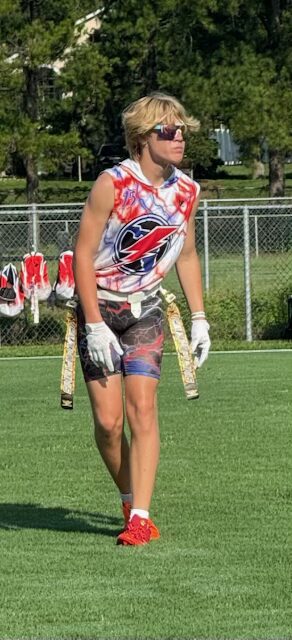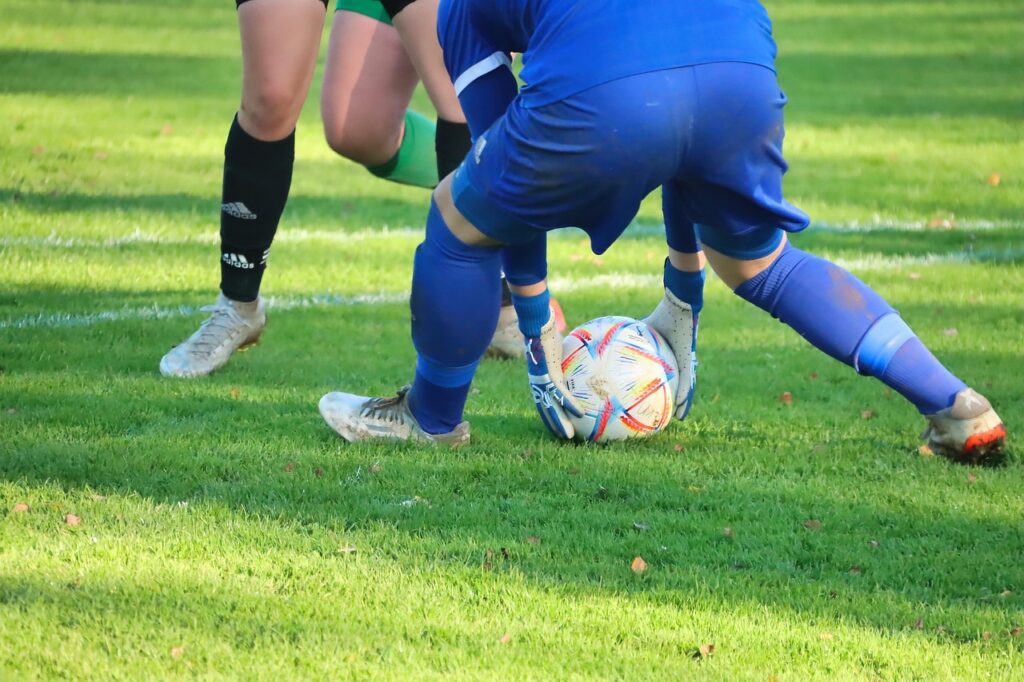Patellar instability happens when the kneecap (called the patella) moves out of its normal position. This can range from a mild slip—called a subluxation—to a full dislocation. It’s a common cause of knee pain and swelling in children and teens, especially those who are active in sports. At Children’s Orthopaedic & Scoliosis Surgery Associates (COSSA), our pediatric orthopaedic specialists evaluate, treat, and guide young patients through recovery so they can return to their normal activities safely and confidently.

The kneecap normally glides in a groove at the front of the thigh bone (femur). When it moves out of this groove, the knee can feel unstable or painful. Sometimes it slips out for just a moment and slides back on its own. Other times, it can move completely out of place and need to be reset.
Patellar instability can occur after an injury, a sudden twist, or because of the way a child’s bones and ligaments are shaped. Some children are more flexible or have looser ligaments, which can make the kneecap less stable. Others may have an anatomic difference—like a high-riding kneecap or shallow groove—that makes the knee more likely to slip.
It often happens during activities that involve twisting or quick direction changes, such as soccer, basketball, or dance. Occasionally, it can occur from a direct hit to the knee.
Certain traits can make a child more likely to have patellar instability, such as:
Loose or overly flexible ligaments
A history of previous kneecap dislocation
“Knock knees” or other alignment differences
A high-riding kneecap (patella alta)
A shallow or uneven groove in the thigh bone
Weak inner thigh muscles or tight outer thigh muscles
When the kneecap slips out of place, your child may feel or hear a “pop.” The knee may swell, feel unstable, or look slightly misshapen. It might also feel like it’s about to “give out.” After the first episode, some children experience repeated slipping or a constant sense that the knee is not steady.

Your provider will examine the knee, check alignment, and test flexibility and muscle strength. X-rays are often taken to look at the bones, and an MRI may be recommended to check for any cartilage injury or small bone fragment that could have broken off during the dislocation.
For a first-time dislocation, treatment usually begins with rest and bracing. The goal is to reduce pain and swelling and allow the knee to heal before starting strengthening exercises.
Treatment may include:
Rest and avoiding activities that cause pain
Ice and anti-inflammatory medicine (such as ibuprofen or naproxen)
Wearing a knee brace or splint for short-term support
Physical therapy or a home exercise program to strengthen the thigh muscles and improve movement
Gradual return to sports once strength and stability are restored
If the kneecap continues to pop out or the instability happens repeatedly, surgery may be recommended to realign or stabilize the kneecap. Your child’s provider will create an individualized treatment plan based on their anatomy, activity level, and recovery goals.
Most children can return to their regular activities once they regain strength and confidence in the knee. This may take several weeks or months, depending on the severity of the injury. Physical therapy plays an important role in helping the knee recover and preventing future dislocations.
Even after recovery, continuing strengthening and flexibility exercises can help keep the kneecap stable. Activities such as biking and swimming are great ways to maintain leg strength without over-stressing the joint.
At COSSA, we understand how frustrating knee injuries can be for active children and families. Our pediatric orthopaedic team uses specialized techniques to restore stability, reduce pain, and help young athletes return to sports safely. With early care, guided rehabilitation, and ongoing support, most children recover fully and enjoy a lifetime of strong, healthy knees. To schedule an appointment, please call (727) 898-2663.